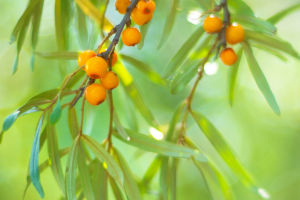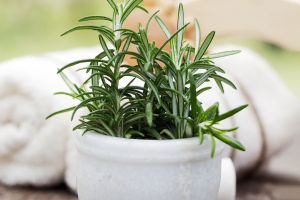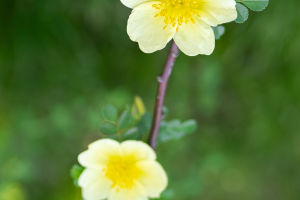
Winter Wonderland Roses

Winter is the dormant period for rose growth, and correct winter care is crucial to maintaining roses' health and flowering period.
This article will detail the pruning, fertilizing, and cold protection methods for winter roses to help you provide the best care for your roses in the cold season.
Pruning:
1. Removing Dead and Damaged Branches: When roses are dormant in winter, it's essential to prune away any wilted, damaged, or dead branches. This practice encourages new growth and reduces the spread of disease.
2. Pruning for Shape: Winter presents an ideal opportunity to shape your roses. By trimming away any excessively long or irregular branches, you can maintain your rose tree's overall Shape and structure.
Related
 Sea buckthorn, a hardy plant, prevents desertification, yields nutrient-rich fruits, and ensures ecological balance.
Sea buckthorn, a hardy plant, prevents desertification, yields nutrient-rich fruits, and ensures ecological balance.
 Daisy graces landscapes with its petite charm. Its varied hues hold symbolic tales, revealing emotions in the language of flowers.
Daisy graces landscapes with its petite charm. Its varied hues hold symbolic tales, revealing emotions in the language of flowers.
 Rosemary: A versatile herb, spanning culinary, medicinal, and cosmetic realms, epitomizing nature's harmony with human innovation.
Rosemary: A versatile herb, spanning culinary, medicinal, and cosmetic realms, epitomizing nature's harmony with human innovation.
 Cornflower embodies beauty, resilience, and significance in European culture.
Cornflower embodies beauty, resilience, and significance in European culture.
 The Manchu rose: a mystical symbol of resilience and healing, cherished in Chinese culture.
The Manchu rose: a mystical symbol of resilience and healing, cherished in Chinese culture.
 Because it's cute, it's so beautiful.
Because it's cute, it's so beautiful.
3. Ensuring Clean Tools: Before pruning roses, ensure that your pruning tools are clean and sharp to avoid causing additional damage to the plants. To prevent infection, you can also apply a wood protectant to the pruned wound.
Fertilization:
1. Choosing the Right Fertilizer: Winter roses require fewer nutrients, so opt for a low-nitrogen fertilizer designed for winter use. This helps promote healthy root development and prepares the plant for the upcoming growing season.
2. Controlling Fertilizer Amount: When fertilizing in winter, it's crucial to control the amount applied. Excessive fertilizer may lead to root burn or increase the risk of disease. Follow the instructions on the package for the correct application amount, ensuring even coverage of the soil surface around the plants.
3. Timing Management: Once roses enter dormancy in winter, covering the soil surface with organic matter, such as a thick layer of compost or wood chips, is advisable. This helps retain soil warmth and moisture.

Protection from Cold:
1. Mastering Warmth Techniques: In extremely cold regions, additional warmth may be necessary to protect roses from frost. Agricultural mulch or insulation can cover the soil surface around plants, minimizing soil temperature drop.
2. Wind Protection: Cold winds risk frost damage to roses. In cold and windy conditions, mitigate wind impact by installing wind barriers around trees or erecting temporary wind screens.
3. Watering Considerations: Despite slower growth rates in winter, roses still require adequate water to sustain their life activities. During cold, dry weather, ensure regular watering to moisten the soil surface.
Summary:
Winter provides a vital period for roses to rest and recuperate. Proper pruning, fertilizing, and winterization help roses endure the cold season and prepare for the upcoming growth phase.
Following the care advice outlined in this article, you can ensure your roses remain healthy, robust, and ready to bloom beautifully in spring.